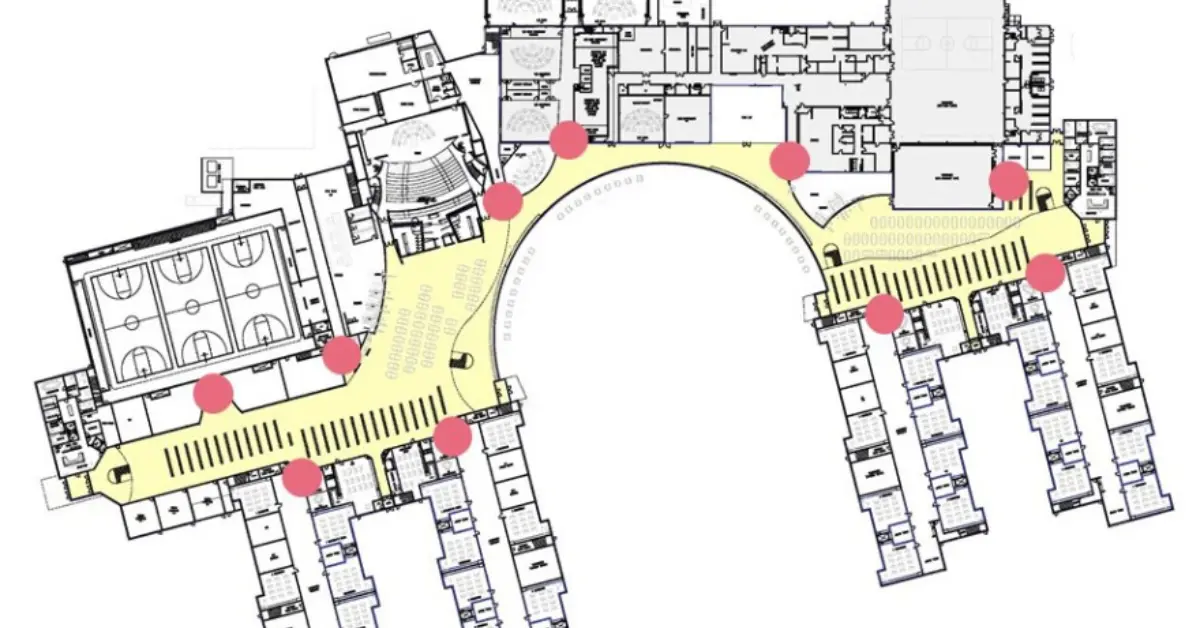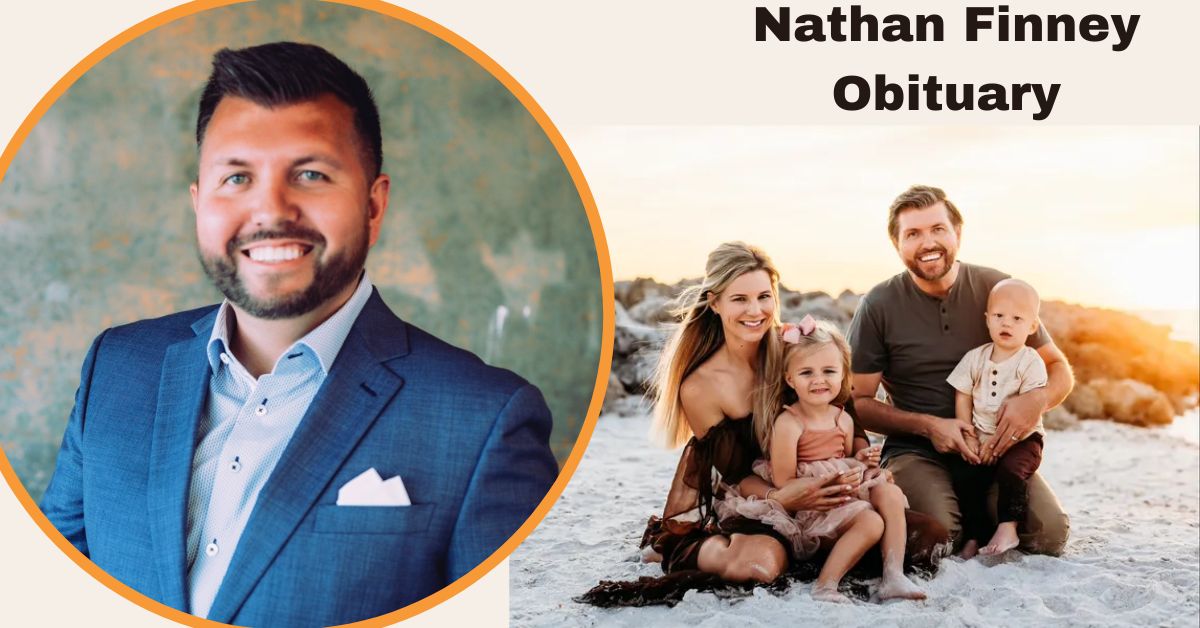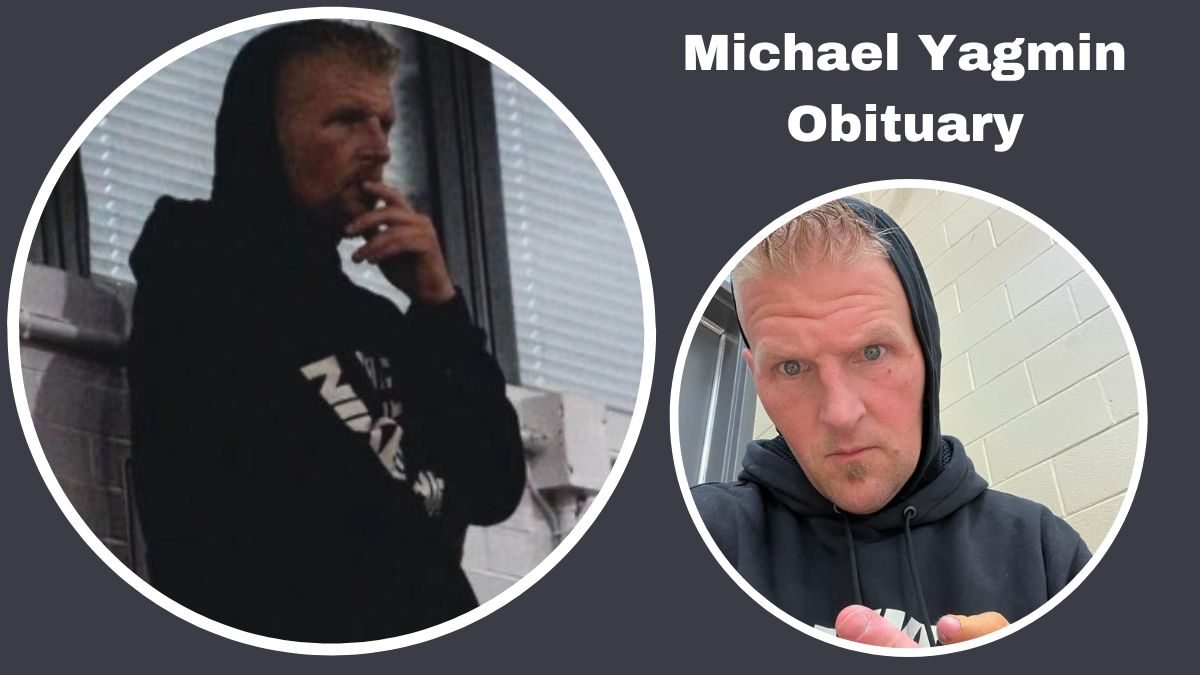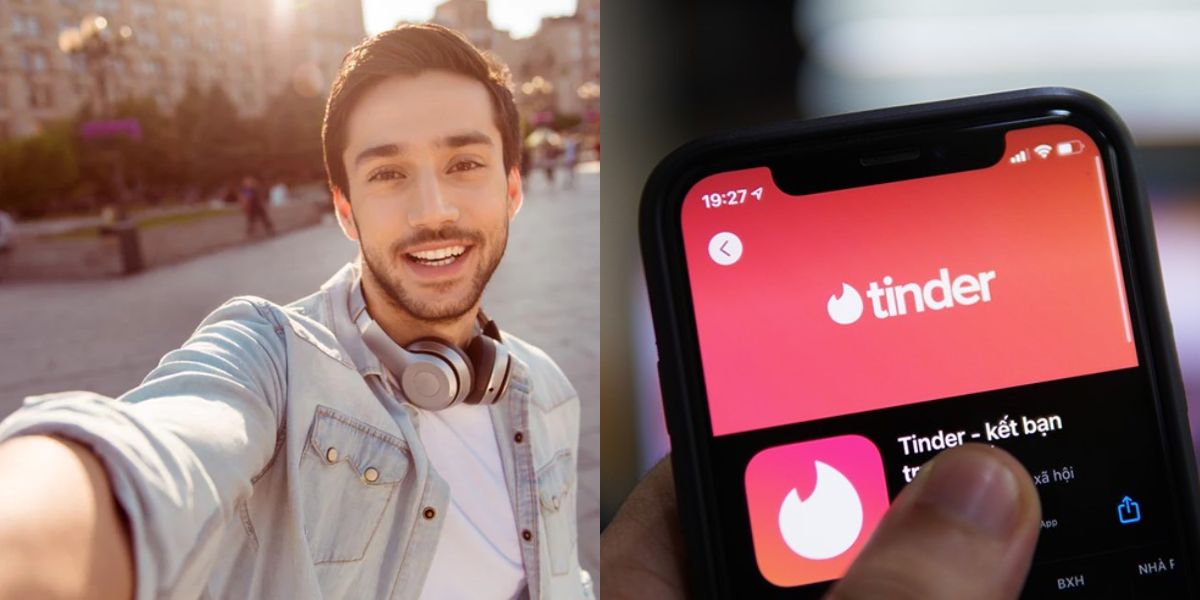Pastor Julián Moreno was turned away from his grandson’s school field day in February due to a metal detector beeping, but that was before he put his orange pocket knife back in his van. He initially found it annoying.
“But then as I was walking back, I remembered what happened at Robb, and it kind of sunk in,” stated Moreno, a victim of the Uvalde, Texas shooting last May who lost his great-granddaughter, Lexi Rubio. “They were just trying to do a better job.”
Due to school shootings, many American schools, including Moreno’s grandson’s, have metal detectors and guarded entrances.
Yet, Fruitport High School in Michigan spent $48 million to rebuild its facilities with curving hallways and hiding places for students.
“Architectural designs will be essential. And hopefully, they will focus on getting better security for schools, students, and children,” Moreno said, hoping districts “really know and consider the pain in people’s lives right now.”
Decades In The Making: How Schools Have Changed Since The 1970s
Gregory Saville, who wrote the International Crime Prevention Through Environmental Design Association’s (CPTED) school design guideline, said schools had attempted many measures to increase safety over the past 50 years.
“Schools simply were these boxes, the red stone buildings of, you know, ‘Ozzie and Harriet’ back in the forties and sixties,” Saville said. “They simply had teachers [and principals] watching… But that was it.”
After CPTED was founded, schools began installing cameras and pruning shrubs to improve sight lines. Saville stated he was part of an architecture and urban planning drive to prevent physical crime.
Instead of guarded entrances and security elements that put students on edge, experts now recommend a more holistic strategy where architecture supports students’ mental health and physical protection to prevent violence.
“They have these hallways and lockers, but there’s no place to hang out, no place to socialize,” said architect Rene Berndt, who is part of CPTED’s board of directors.
“And so, we’re trying our best to create these moments, to use these areas to create some kind of social cohesion, to avoid the whole concept of some students being pushed so far out and so alienated, you know, that [they don’t] have a place to belong.”
Designing Schools In Response To School Shooting Threats
TowerPinkster, a Michigan-based school redesign firm, has learned from CPTED. By August 2022, the business had completed around $500 million in K-12 design for 50–60 western regions.
“When a community makes a significant investment, that’s one of the top things they’re asking for is, you know, ‘we want our $50 million new project, whether it’s a new school or an additional renovation or something, be safe to be the safest it can be today.’ So that’s usually a top concern,” said Matt Slagle, the director of K-12 education at TowerPinkster.
Slagle said the firm would follow the school’s wishes. Nonetheless, common locker facilities, winged walls to block sightlines, and quiet spaces for students are becoming more popular.
“The question we asked [students] was…if you need a moment of alone time, where do you go?” Slagle remarked that the COVID-19 pandemic affected many pupils emotionally. “Fifteen percent of them said the bathroom.”
The business also designs additional “kid-shaped” community places for pupils to engage.
“We need spaces that tear down those walls, that build bridges, that solidify our connection and relationships to one another so that we know one another so well that if someone is having an off day, they can recognize it before it ever escalates into something more serious,” remarked AIA leadership member Judith Hoskins.
She stated that numerous schools have lately established learning communities, where the campus is divided into multiple “neighborhoods” of 150 students, allowing students to form close-knit communities with shared places.
They also give teachers choices for school lockdowns.
“The teacher has the flexibility to determine which room is most safe for that particular situation, whether it’s sheltered in place, or whether the students need to get out of the building as fast as possible,” Hoskins said. “And so there would be the ability for the students to leave the learning neighborhood without having to go back and exit through the school’s front entry.”
Slagle stated that since the 1999 Columbine High School shooting, many schools had created a single, secure entrance or vestibule where staff could watch visitors. He said the Panopticon—a jail design where one person can view all directions—inspired this idea.
Brooksville’s Hernando School District’s Director of Safe Schools is Jill Renihan. She started in 2018, the year of the Parkland shooting.
Renihan received $800,000 in state funding to secure schools when she arrived. The Hernando School District renovated its perimeters and installed vestibules in its schools with that money and district assistance.
“The other piece that we needed to do for [the] perimeter was to start to harden those kinds of openings into our campuses,” she said. “So, I tried to take a layered approach, ensuring that we had a good, strong perimeter and then working my way into the inside of the campus.”
Renihan said the project, which included upgraded intercoms and locks, was “definitely a monetary impactor” but didn’t prohibit the district from spending on other objectives.
“We’re public institutions that are there to provide this service of educating students, so we can’t ever lose sight of that,” The district has tried to “blend in” security features, so pupils don’t feel “shut away or locked in,” she said.
Subjectivity In Safety
Hoskins, an American Institute of Architects leadership group member, has helped Maryland schools strengthen their campuses and install metal detectors. She added that many schools nationwide use similar methods, which might backfire.
“In some communities, that had the opposite effect of what’s desired,” Hoskins said. “It raises more fear in the students than the calming effect.”
She said Sandy Hook Elementary in Connecticut “remained a place for learning and a place for children” after a catastrophic school massacre. After the Stoneman Douglas High School tragedy, March For Our Lives activists said schools should be “playful, cheerful places—not cold, gloomy, hardened places.”
Moreno and other victims’ families want something done.
Hoskins said that feeling safe is subjective, and one school or community’s solution may not work for another.
Stakeholders in school districts disagree. Berndt surveys teachers, students, and parents before planning schools. Each group has different opinions.
In Eugene, Oregon, teachers told Berndt they desire tight perimeters and accessible walkways, but students want to interact with their peers and feel visible.
Berndt suggested displaying kids’ work to build community. Using wood and plants indoors can also assist.
Several parents felt safer with a secure vestibule and a greeter at the front door.
“It’s all subjective,” Berndt said. “Safety is a very emotional feeling as well… It’s a mental trust.”
Barriers To Widespread School Redesign
Despite general support for modernizing campus designs, CPTED’s guidebook editor Saville said revamping them for student safety isn’t as common as he’d like, and hardening institutions remains more popular.
“Best practices can take a decade or two to filter through the public narrative,” he said.
Saville added that some schools might be cautious because openly acknowledging the dangers of shootings, like rebuilding areas of a campus, can scare parents.
“You don’t want to terrify parents,” Saville said. “I mean, schools are already poorly funded as it is. And they certainly don’t want to [push] parents away, and [push] them into charter schools or [push] them into homeschooling.”
Other schools may consider the cost.
“I want.” Berndt said, “It’s an issue of finance and urging the people to contribute” to pass bond measures.
TowerPinkster works primarily with public schools, but Slagle, the firm’s director of K-12 education, said “a difference across the United States on how schools are funded” affects redesign.
“If you’re somebody from a smaller community, you might only be able to do certain things, whereas a more affluent community… might have more opportunity to make change quicker,” he added.
A Sense Of Urgency
Despite numerous experts claiming design can prevent school shootings, March For Our Lives organizers feel stricter gun regulations are the only long-term solution.
Check out more recent articles you might also like:
- Massive Active Shooter Drill Conducted by Spartanburg School District 5
- Lawsuit Filed By Son Of Colorado Shooting Victim Against Gun Manufacturer Ruger
Tuesday’s Biden executive order made it harder for handgun vendors to circumvent background checks. Congress decides.
“It’s far more efficient and effective to address the root causes of gun violence by enacting and enforcing laws that ensure that anyone who might harm our kids can never get a gun,” spokesman Noah Lumbantobing.
In October 2022, Pew Research found that 30% of parents are “very or extremely frightened” about a school shooting. Most parents across party lines believe screening and treating mental illness might reduce school shootings.
March For Our Lives reported that 52% of under-35s worry about mass shooting safety.
“We can get into discussions about gun control and changing the Second Amendment, you know, forever. And as much as we morally believe that’s right…the genie is out of [the bottle],” Saville, the editor of CPTED’s guidelines, said.
“There are millions of guns out there, and access in some states is simply a matter of walking into a store. And so, we have to do something in the short term. We can’t wait.”
Tyler is a passionate journalist with a keen eye for detail and a deep love for uncovering the truth. With years of experience covering a wide range of topics, Tyler has a proven track record of delivering insightful and thought-provoking articles to readers everywhere. Whether it’s breaking news, in-depth investigations, or behind-the-scenes looks at the world of politics and entertainment, Tyler has a unique ability to bring a story to life and make it relevant to audiences everywhere. When he’s not writing, you can find Tyler exploring new cultures, trying new foods, and soaking up the beauty of the world around him.
Contents











